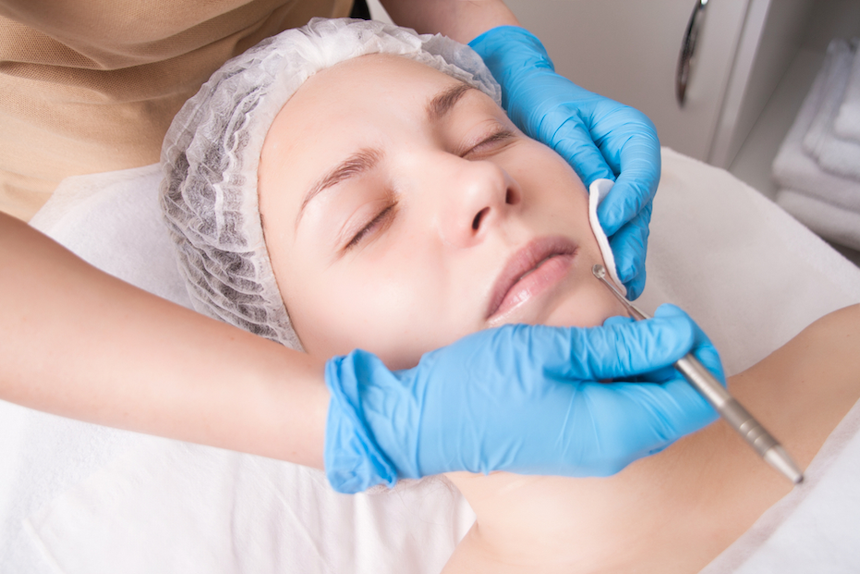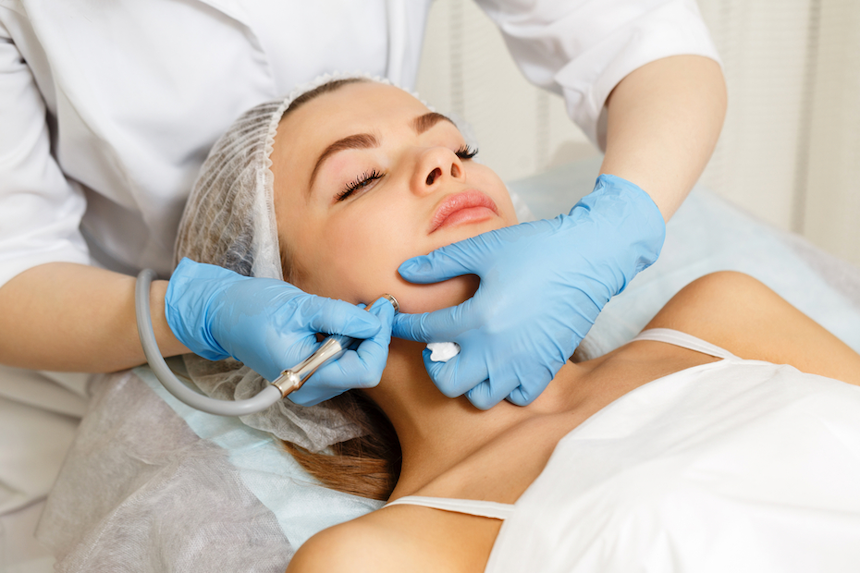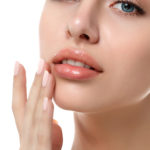
Development of acne can be a really ‘souring’ problem and it may even affect your self-esteem! However, there is no need to feel worried about it too much as there are different treatments for it. Sometimes, even home management of acne can provide spectacular results.
There are lots of home acne treatment strategies to follow when you see acne development. This is the first stage to reduce the growing incidence of pimples before it becomes a severe issue. Here are the steps:
- First, do not touch your face with your hands, well, as much as possible. And, if you have to, make sure that you wash your hands properly with soap. When you hold a phone, hold it away from your skin to avoid sebum or skin residue on its surface.
- Second, if you shave, use good quality safety razors with a sharp blade, you may also use an electric shaver but soften your skin with warm and soapy water before shaving or have a warm shower.
- Third, do not try to burst or pop pimples as this will cause infection to your skin and cause serious blockage and severe redness and swelling. It will also increase the risk of scarring.
Other things to remember include wearing loose clothing if pimples are on your body, removing makeup before sleeping, washing your face regularly, and avoiding exposure to the sun as much as possible.
Applying Topical Medications
The second stage of acne treatment if things look bad is to apply topical medicines. The most common medications that a doctor may suggest you for acne treatment include:

- Retinoids: These are actually the common creams that you get over the counter. It may also come in lotions and gels. These contain vitamin A derivatives as well as Tretinoin, Adapalene, and Tazarotene. This medication prevents the plugging of hair follicles. Apply this in the evening three times a week and then gradually increase to apply it daily when your skin is accustomed to it.
- Antibiotics: You may also take antibiotics in the morning to kill skin bacteria which when in excess can cause redness. Combine it with Retinoid in the evening for the first couple of months for acne treatment. Antibiotics usually contain benzoyl peroxide that will create a resistance to reduce acne from developing.
- Azelaic acid: There is a lot of antibacterial properties in azelaic acid which is an acid that occurs naturally in animal products and whole-grain cereals. It will provide good results if you use it twice a day for a month. The effect will be even more when it is combined with erythromycin.
- Salicylic acid: This is another acid that will prevent the plugging of hair follicles. You can use the leave-on or wash off a variety of it.
You may also use Dapsone 5% gel twice daily if your acne is inflammatory in nature, however, it may have side effects like redness and dryness.
Visiting a Doctor
Make sure that you consult a doctor before that, you will then know about the benefits and the risk of these medicines or other treatments that you may want to consider. Depending on the condition and stage of acne, you may need to see a qualified dermatologist for more advanced acne treatment.
The last stage of acne treatment is to see a doctor. Ideally, you should not delay in it when drugstore creams, cleansers, gels, lotions, and medicines stop working. The doctors can prescribe oral therapies for more breakouts.
The general rule of thumb to see a doctor includes, if you do not see any development in six weeks of applying topical over-the-counter medicines and creams, you should see a doctor for advanced acne treatment. The dermatologist will reduce inflammation and development, expedite the healing process, and administer corticosteroid injection, if needed, into the lesions directly.
- Nature’s Retreat: Reconnecting With the Outdoors in Cabins - April 2, 2024
- Embracing the Charm: Types of Cabins and Their Unique Features - November 26, 2023
- Factors To Look for Commercial Catering Equipment for Sale - April 1, 2022






